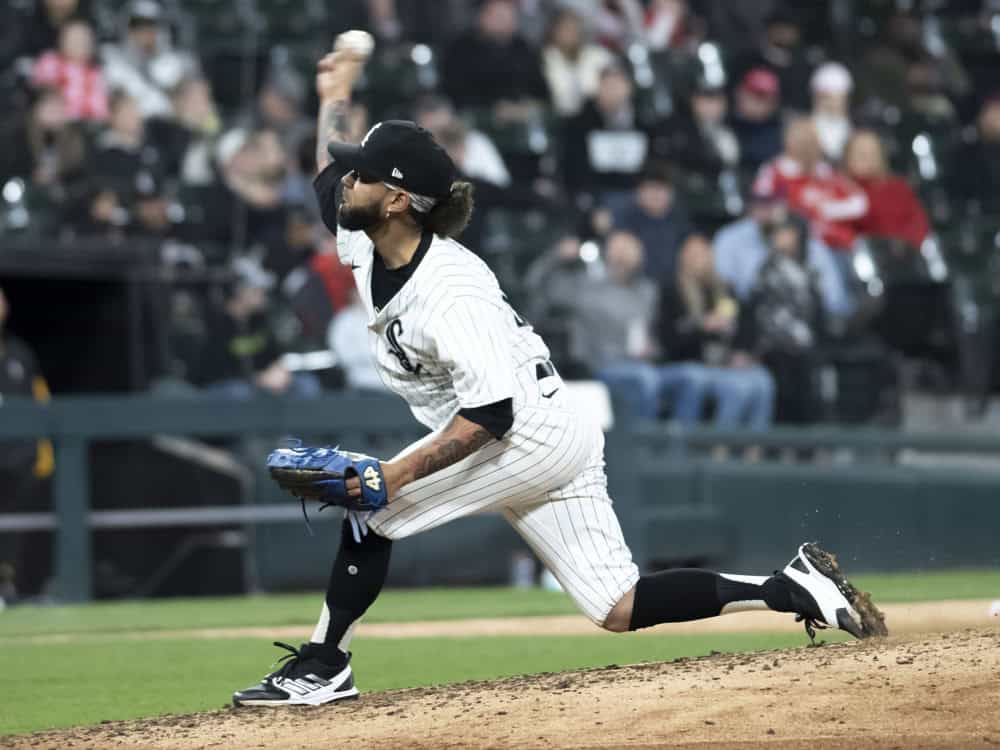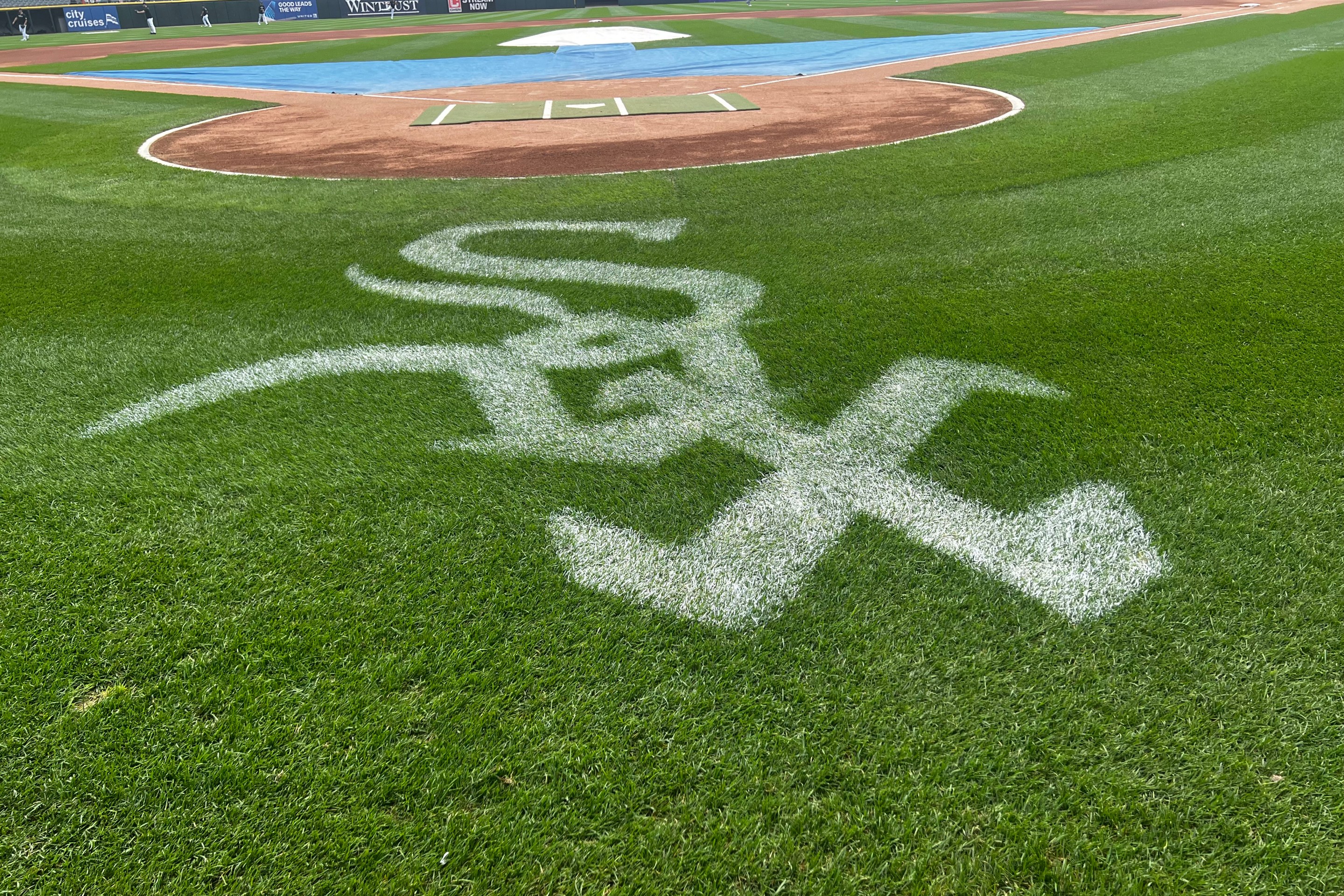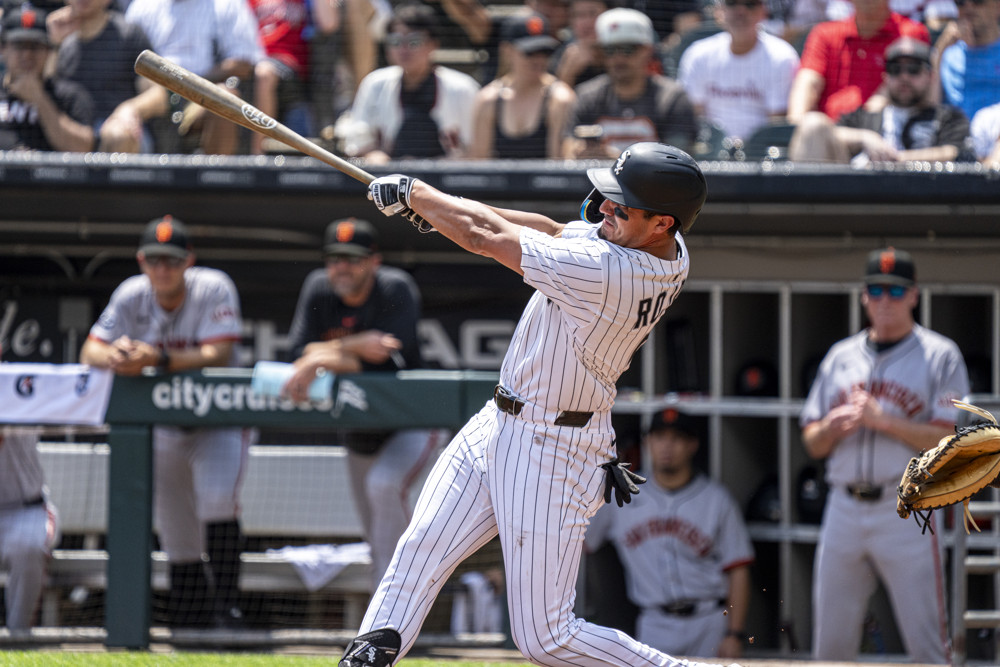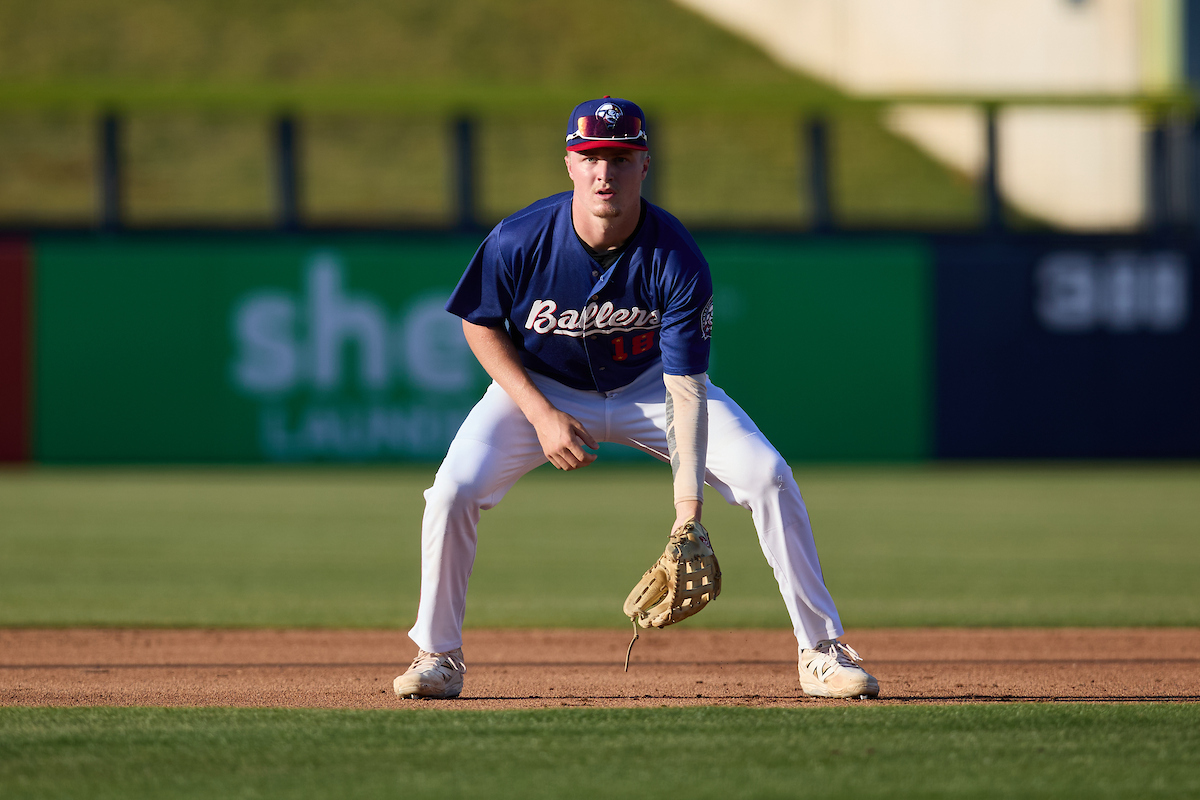Deivi García never looked like a typical pitching prospect coming up. Short and slight with a 5-foot-9-inch listing in the media guide, he never was going to attack the zone with the traditional downward angle of a traditional statuesque right-handed starter.
Which to some people, just made him more appealing.
"In San Francisco, we talked about him numerous times in trade discussions with the Yankees," said senior advisor to pitching Brian Bannister. "He's someone I've always liked. Unique. He's got that natural dip to his delivery. You see guys do it, like, a Chris Bassitt. There's guys who have that dip and it allows for unique approach angles in the zone. I've always believed in his fastball."
"That's really interesting," García said, smiling as he learned of Bannister's long-held interest. "Now I'm right here."
After the attention that comes with being a top-100 prospect and Futures Game representative in the Yankees farm system, being coveted is a feeling that has become less common for García as a soft-spoken member of the Sox bullpen, even though he is still just 24 years old. A disastrous 2021 season saw García's prospect stock sink as he moved to the bullpen, and his shuttling between New York and Triple-A culminated in getting designated for assignment from the organization that first signed him as a teenager, and claimed off waivers for a White Sox team going nowhere last season.
The placement was apt. García needed a team that had room to take on a project.
"When we first acquired him, we asked him to make some adjustments and he really took it into the offseason," said pitching coach Ethan Katz. "His head was really late to the target, his direction was a little bit off and we asked him to really be mindful of that to help him get back in the zone. We're talking about controlling counts with him because if he does that, we love the stuff. It's an upshoot fastball, it's so unique from his approach angle. It's totally different from what we have."
The project is far from finished.
Even in García's gutsy two-inning save Wednesday, protecting a one-run lead through the heart of the Royals order, a free pass to lefty Vinnie Pasquantino put his walk rate at 15.4 percent for the season. The Sox encouraging García to up the usage of his curveball as something to get ahead against left-handed hitters was not enough to save him from a triptych of blow-up outings in the season's second week, which leaves his ERA at a bloated 7.27 even though he's now riding four straight scoreless appearances.
But the season has already provided little glimmers as to what the Sox liked about García and the dip in his delivery, and what's possible when he leans into it further. On Opening Day, the Sox deployed García right after six innings of towering lefty Garrett Crochet. Throwing his average four-seamer from a career-low 5.25 feet off the ground, García released his mid-90s fastball almost a foot lower and generated five whiffs on seven swings at his heater.
"I was watching my first game here, Opening Day and I was thinking about how hard it was for hitters," García said. "Because of my delivery and my arm action. I don't throw 100 mph, but when I throw the fastball, I see the face of the hitters some times and they're not on it."
"You couldn't get two more opposite guys, and so the hitters who were in there there trying to get their bat on swing plane with Garrett, were going to come in and be frustrated with what they were going to see with Deivi," Bannister said. "Katz worked with him in the offseason to stay closed a little longer and also tried to simplify his arsenal.
"He's capable of throwing a lot of different pitches. But especially piggybacking someone like Crochet who is a lefty throwing 99 mph, he comes in, shorter righty throwing more of an upshoot fastball with the ability to spin off of it, he can create a lot of different looks and a lot of different contrasts to our other pitches. But keeping it simple for him, keeping his mechanics simple, keeping him closed enhances that natural visual deception he has and his unique approach angles in the zone."
The process has also not been seamless. As García worked on the timing disconnects in his delivery this offseason, he initially strove to ditch the sweeper that the Yankees initially taught him, and replace it with a sharper mid-80s slider. But García said he couldn't control it at all, and went back to his sweeper rather than enter the season without a breaking ball to throw to right-handers. Even after ditching his cutter, his more simplified arsenal is still in the zone at a 42.1 percent per Statcast, a decidedly below-average rate.
As the White Sox tried to tiptoe through Game 1 of Wednesday's doubleheader while clinging to a one-run lead, Jordan Leasure, Steven Wilson and Michael Kopech consisted of Plan A, while García was stashed away for later. But as the same sort of game played out in the nightcap, Grifol was running out of relievers who had not pitched already on the day, and was down to 27th man Jared Shuster, struggling veteran Tim Hill and struggling starter Chris Flexen, who briefly warmed up.
"Deivi was prepared to give us two," said Pedro Grifol. "No hesitation."
García having a 97th percentile whiff rate in the early going would normally be the best testament that he has the stuff to succeed in leverage work if he's oriented in the zone, but he truthfully didn't have much working on Wednesday. He struggled to locate his secondaries enough to draw swings, generated just two whiffs and struck out no one. But when he got down in the count and it became clearer what was coming, his heater came uphill and snuck over barrels to secure a victory that secured the first joyful screams. Garrett Hampson popped up a center-cut heater just below the letters, Bobby Witt Jr. got jammed by one just enough to fly out routinely to center, and a more typically angled fastball to Salvador Perez might still be going, rather than dying at the warning track.
It could have helped García sneak through that he was also topping out at 97 mph, his highest velocity all year. It's pretty clearly a relief profile right now that the White Sox are working to harness, as the way García contrasts with the rest of their pitching staff is easier to plan around than his command. But it speaks to how good he feels that García wonders every now and then if he's slowly working his way back toward starting again.
"I feel really good coming to the bullpen, but if at some point they think of me as a starter for one game or something like that, 100 percent in," García said. "I think I'm going to do a better job because I have more experience. My velo is better now and all my pitches."





